Home > Climate News >
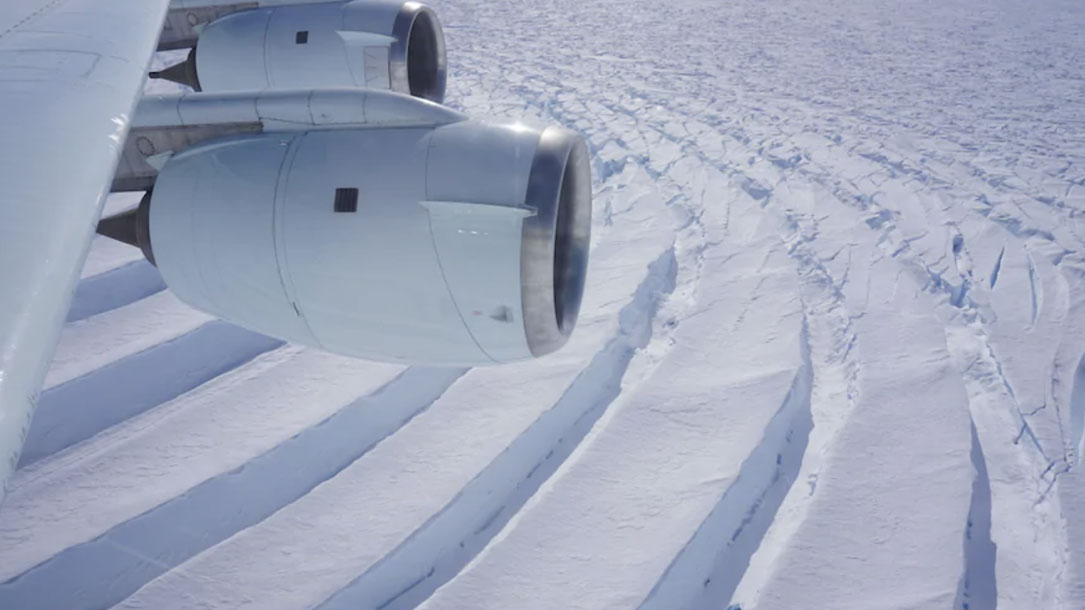
Two major Antarctic glaciers are tearing loose from their restraints, scientists say
“Two Antarctic glaciers that have long kept scientists awake at night are breaking free from the restraints that have hemmed them in, increasing the threat of large-scale sea-level rise.
Located along the coast of the Amundsen Sea in West Antarctica, the enormous Pine Island and Thwaites glaciers already contribute around 5 percent of global sea-level rise. The survival of Thwaites has been deemed so critical that the United States and Britain have launched a targeted multimillion-dollar research mission to the glacier. The loss of the glacier could trigger the broader collapse of the West Antarctic ice sheet, which contains enough ice to eventually raise seas by about 10 feet…”

Smart Solar Siting for New England: free webinar series
Join American Farmland Trust, Acadia Center, Conservation Law Foundation, Vote Solar, and Vermont Law School for a four-part webinar series, as we share outcomes from our joint two-year project seeking to reduce conflicts over the siting of solar facilities…

We know climate change set the conditions for Oregon fires. Did it stoke the flames, too?
“Most of the truly unprecedented extreme weather disasters we’ve seen in recent summers throughout the Northern Hemisphere—the floods and heatwaves and droughts. Most of them…have been associated with these resonance [wavy jet stream] events,” [Dr. Michael] Mann said. “And they are getting more frequent because of human-caused planetary warming…”

Climate change puts bees and flowering plants out of sync
Warmer spring temperatures are causing bees to hatch earlier, putting them out of sync with the flowers that they pollinate, a new study shows.
The researchers say the study is the first of its kind to show climate change affecting the sort of relationships between species that have evolved together over millions of years…
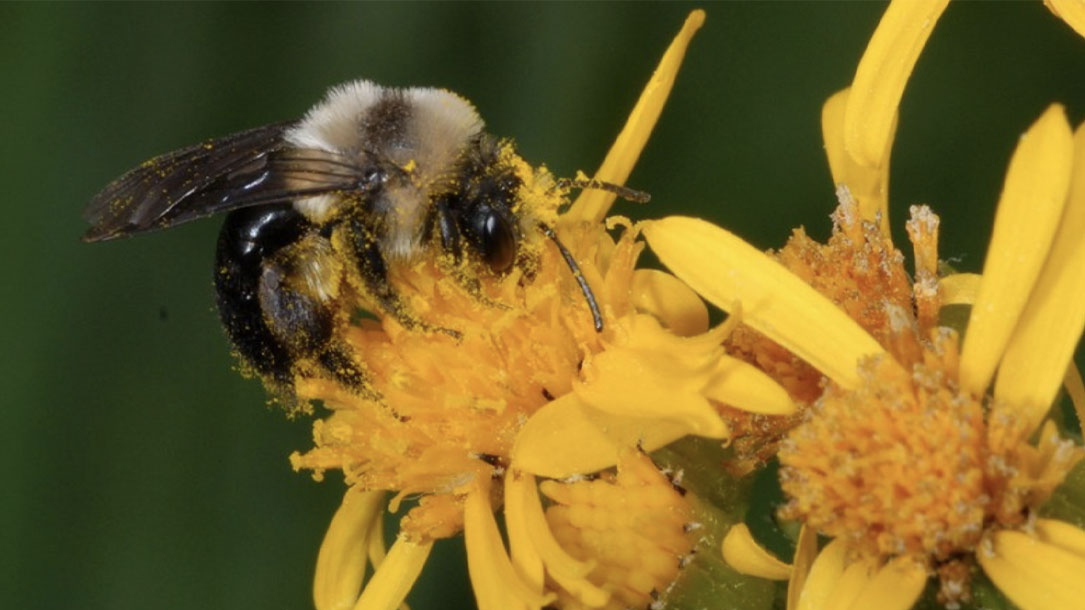
Out of sync: USU ecologists report climate change affecting bee, plant life cycles
Reporting on the first community-wide assessment of 67 bee species of the Colorado Rockies, ecologists Michael Stemkovski of Utah State University and Rebecca Irwin of North Carolina State University say “phenological mismatch,” changing timing of life cycles between bees and flowers, caused by climate change, has the potential to disrupt a mutually beneficial relationship…

Michigan opens 3.3M farmland acres to bee-friendly solar projects
Michigan Democratic Gov. Gretchen Whitmer on Monday announced an executive decision that frees up 3.3 million acres of farmland protected under the state’s Farmland and Open Space Program to solar development. Previously, the land was allowed to host wind turbines and oil and gas exploration, but solar was historically restricted because it was considered to have a larger footprint…
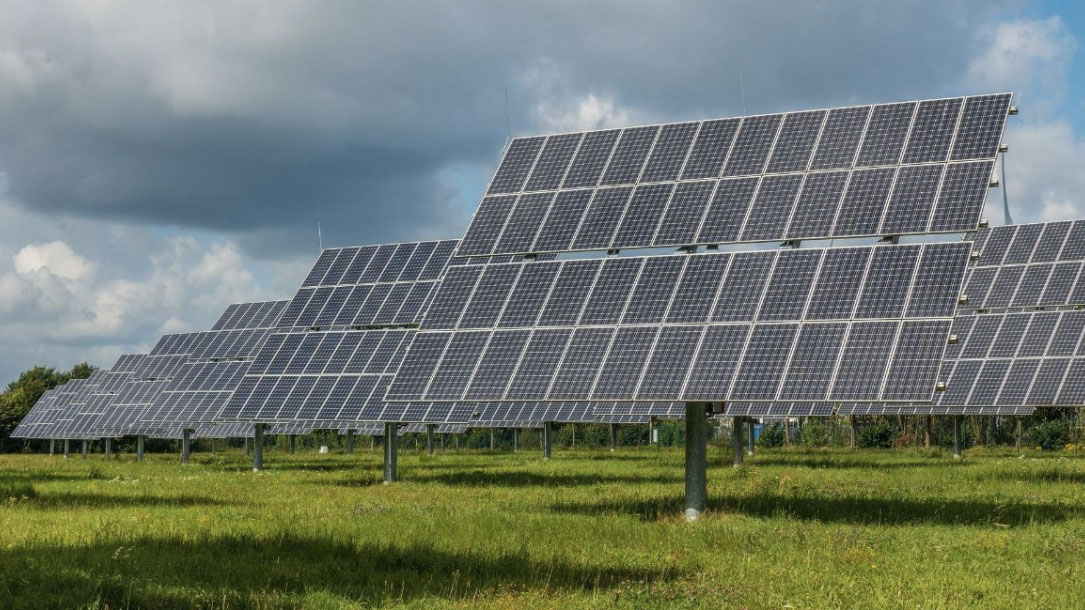
Want to get involved with solar grazing?
he American Solar Grazing Association (ASGA) was founded to promote grazing sheep on solar installations.
ASGA members are developing best practices that support shepherds and solar developers to both effectively manage solar installations and create new agribusiness profits…
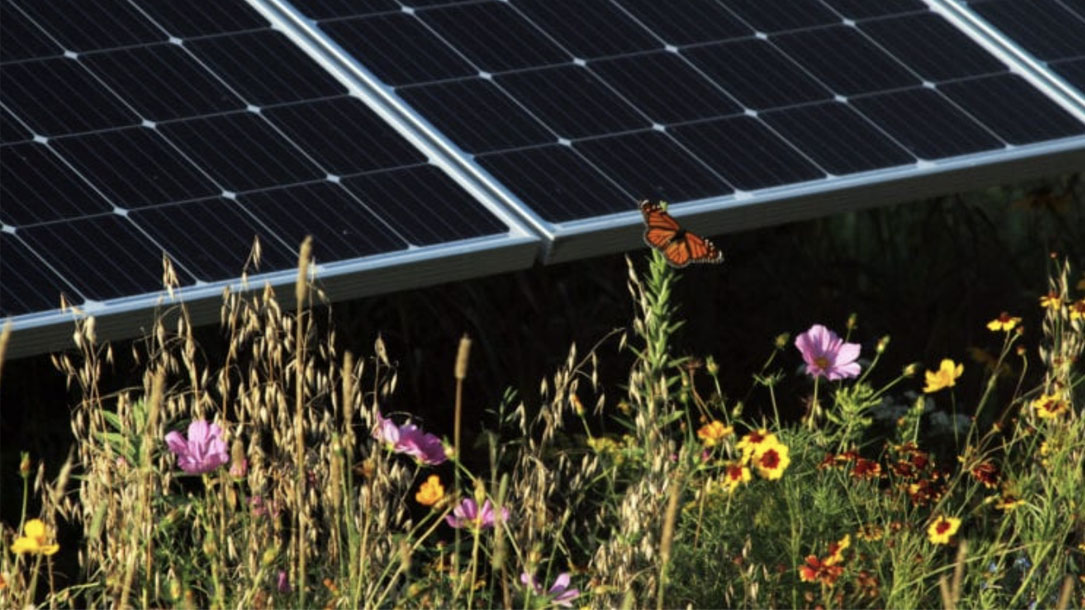
The evolution of rural solar: from panel monocrops to multiple land uses
In farming, companion planting of certain crops in close proximity can provide an array of benefits: from pest control, to flavor enhancement, to increased productivity.
The same concept can be applied to rural solar projects, which have the opportunity to integrate with other land uses, such as crops or pollinator-friendly plantings, and create win-win outcomes for rural communities…
Recognizing the increasing compatibility of solar with rural land conservation, Michigan recently amended its farmland preservation rules to allow solar development on protected farmland, provided that the solar project met the state’s pollinator-friendly standards…

Grasslands may be more reliable carbon sinks than forests in California
Unlike trees, grasslands store most of their carbon underground, in their roots and the soil.
And that makes them more reliable “carbon sinks” than forests, according to this 2018 University of California at Davis study. Because carbon is stored in the soil, it is not released back into the atmosphere when grasslands burn, as it is when trees go up in flames…
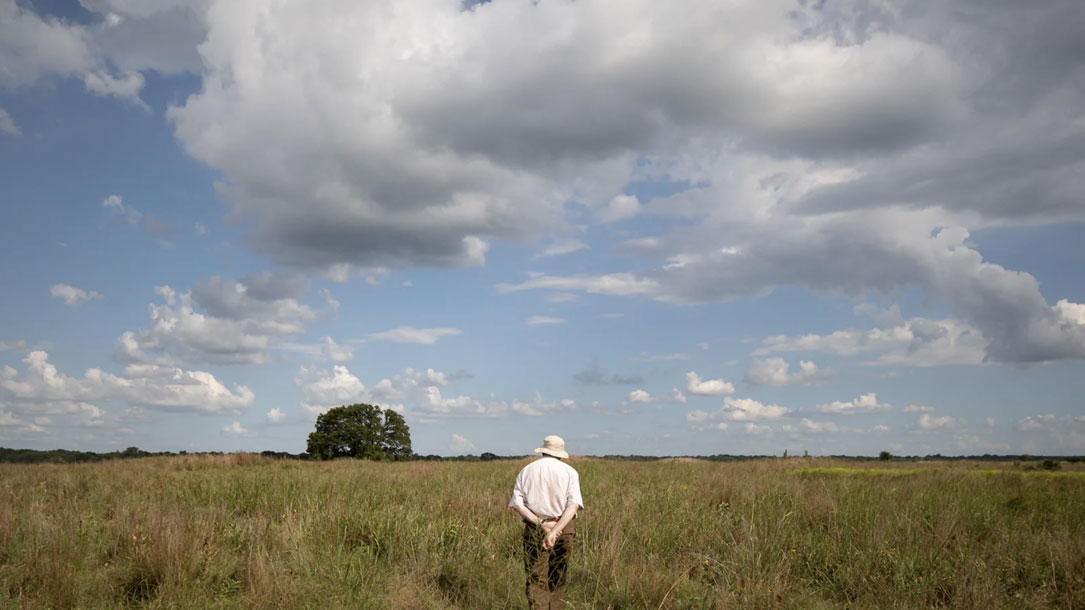
Storing carbon in the prairie grass: plans would pay landowners to keep the ecosystem in a natural state to fight climate change
Scientists say the world needs to cut greenhouse gas emissions nearly in half by mid-century to avert catastrophic effects from global warming. Carbon dioxide is the most prevalent greenhouse gas; the amount in the atmosphere has been rising as humans burn fossil fuels. Not only must the world stop releasing more carbon, some CO2 already in the air also must be removed, experts say.
Unlike trees, grasslands store most of their carbon underground, in their roots and the soil.
And that makes them more reliable “carbon sinks” than forests, according to a 2018 University of California at Davis study. Because carbon is stored in the soil, it is not released back into the atmosphere when grasslands burn, as it is when trees go up in flames…












